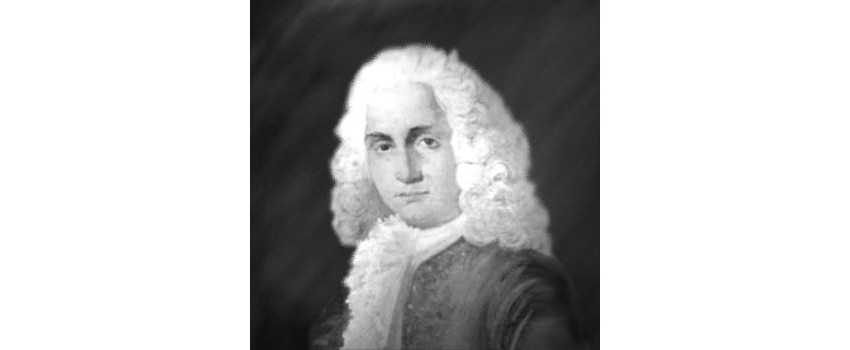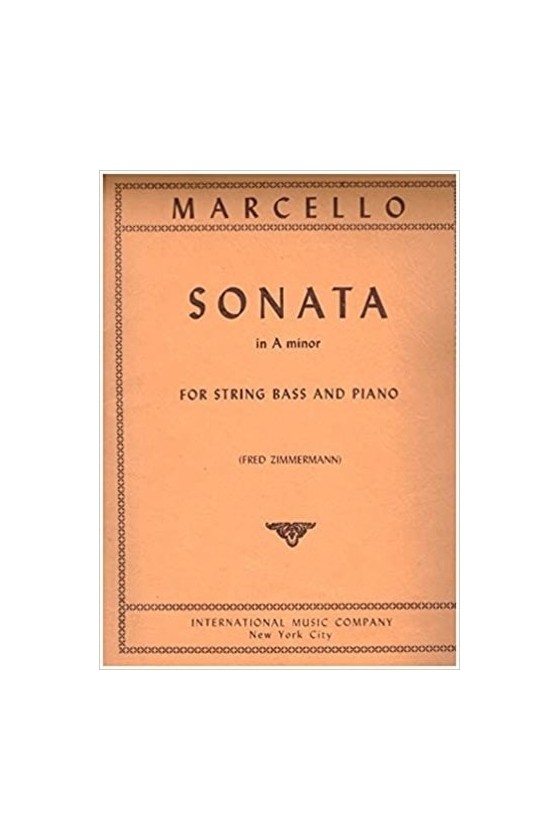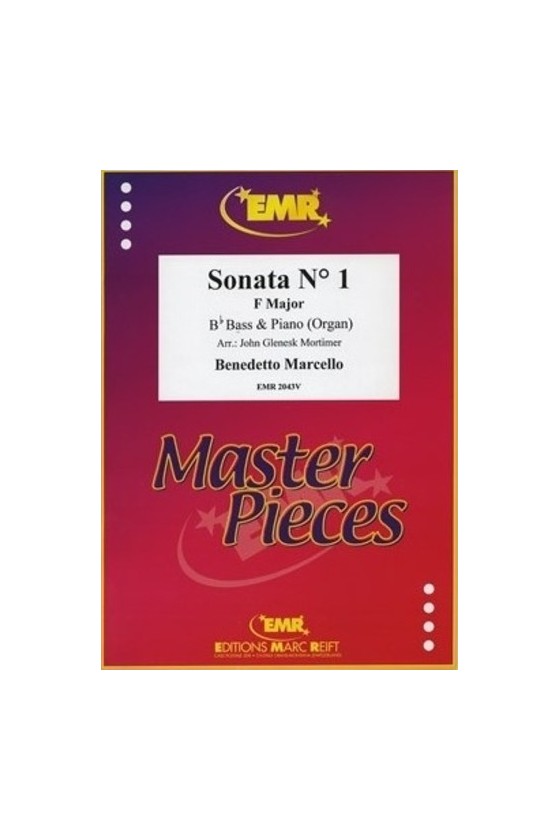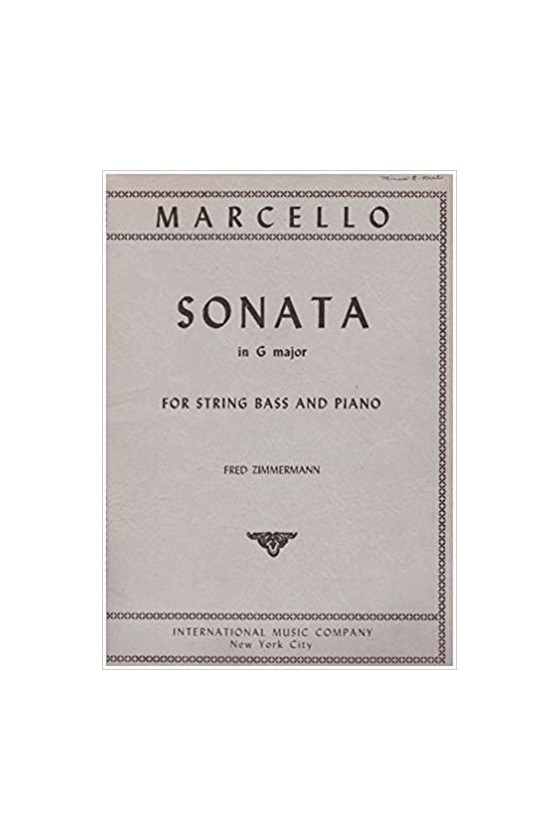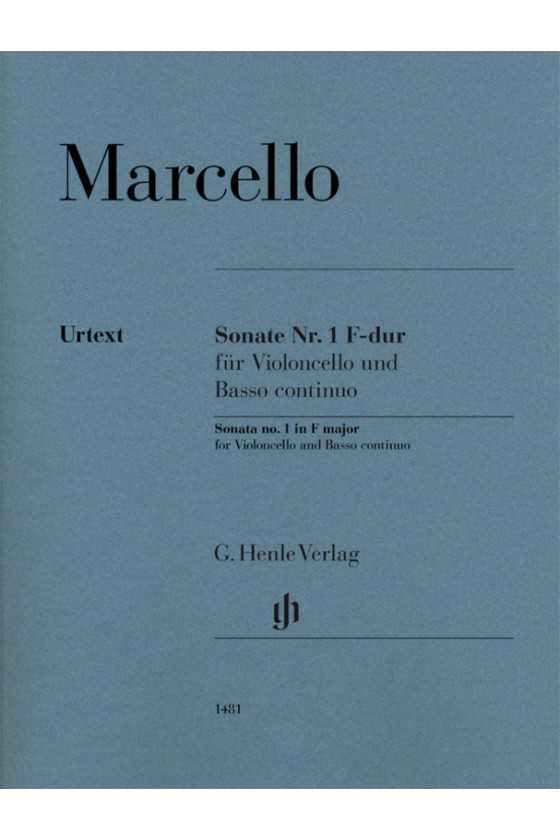Marcello, Alessandro
Alessandro Marcello was the son of a senator and was born in Venice. As a result, he had a comfortable existence that allowed him to follow his passion for music. Tomaso Albinoni was his contemporary. He gave performances in his city and wrote and published many concerto sets, including six concertos titled La Cetra (The Lyre) and cantatas, arias, canzonets, and violin sonatas. Marcello, a little older contemporary of Antonio Vivaldi, wrote under the pen name Eterio Stinfalico, his name as a member of the prestigious Arcadian Academy (Pontificia Accademia degli Arcadi). In 1747, he died in Padua. Alessandro's brother, Benedetto Marcello, was a well-known composer who married his singing pupil Rosanna Scalfi illegally in 1728. She could not receive his wealth after his death. Therefore she sued Alessandro Marcello in 1742 for financial assistance. Marcello is recognized as a highly skilled composer, although most of his pieces are seldom played nowadays. According to Grove, his La Cetra concertos are "unique for their wind solo sections, concision, and use of counterpoint within a broadly Vivaldian idiom," putting them "as a final frontier of the traditional Venetian Baroque concerto."
Perhaps his most well-known composition is the Concerto for Oboe and Strings in D minor, Op. 1. Johann Sebastian Bach, who adapted it for harpsichord, acknowledged its merit (BWV 974). Because the baroque oboe played a whole tone lower than the contemporary oboe, various versions have been created, including one in C minor.
